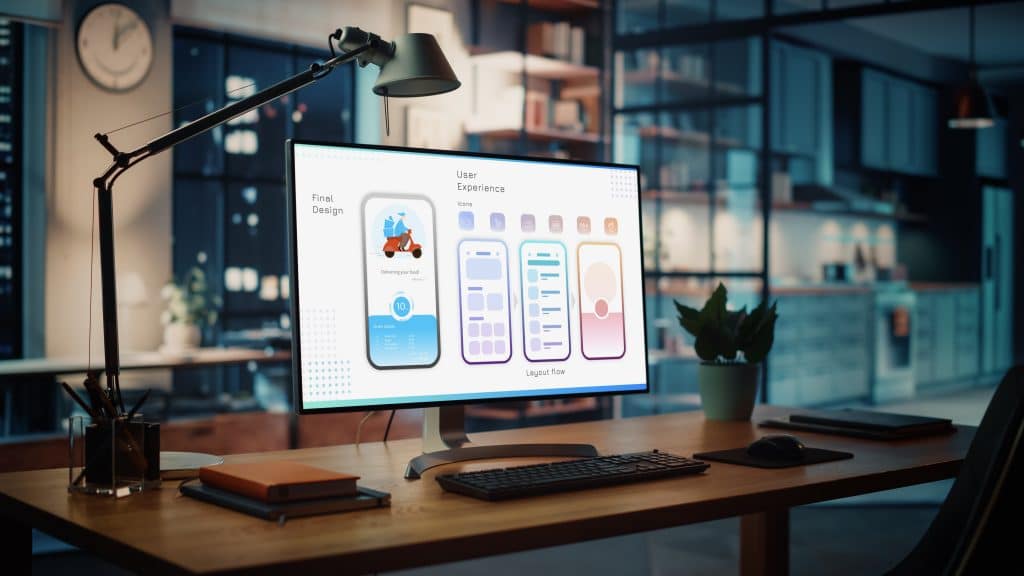5 Ways UX and CRO Maximize Your Leads Online

Although they are often used synonymously with one another, UX and CRO are two different processes implemented by businesses. Both UX and CRO are employed with the goal of affecting customers’ behavior, but the way they operate is unique. We’ll show you the differences between UX and CRO while also showing the ways they can […]
5 Tips for Improving Your Website’s UX

Optimizing your website’s user experience is crucial for driving conversions, boosting SEO, and providing a pleasant experience for users. Read to find out some steps you can take to improve your website’s UX.








